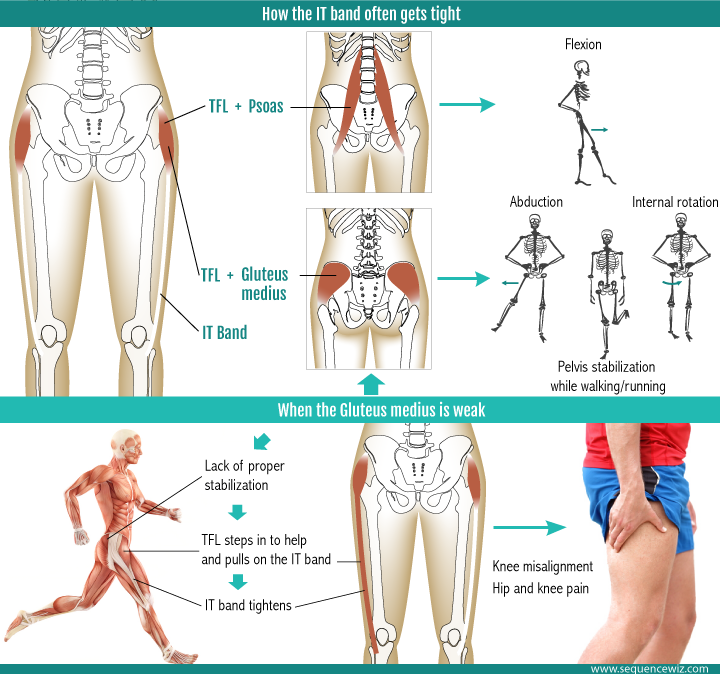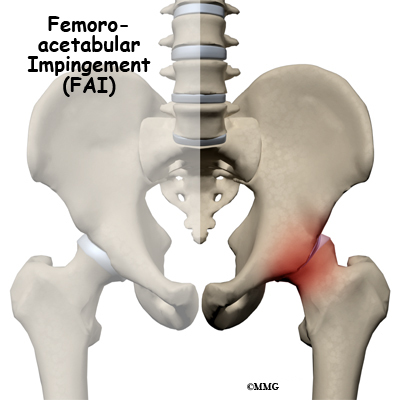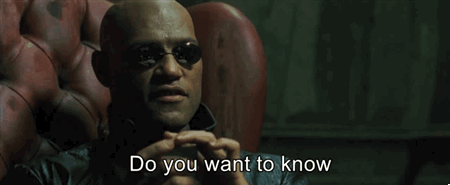Original post: http://www.drdooleynoted.com/anatomy-angel-scalenes/
斜角肌群在臨床治療上非常重要
但卻常常被誤解以及錯誤治療
前斜角肌(Anterior Scalene)起始於它的協同肌, 頸長肌(Longus Colli)的終點
位於第四到第六頸椎橫突(TPs)的前側突起處
然後往下附著於第一肋骨上
中與後斜角肌(Middle and Posterior Scalene)通常會混合在一起形成一個巨大的肌肉
座落於前斜角肌後方
如果可以分辨其差異
會看到中斜角肌起始於從第一到第三頸椎橫突的前側突起處, 附著於第一肋骨上
而後斜角肌的起始處會與前斜角肌相似但結束於第二肋骨
由於位置與纖維走向
這些肌肉在固定肋骨下向心收縮時會做出頸屈曲與側彎
如果固定頸部的活動, 這些肌肉會做出抬升肋骨的動作, 作為呼吸的輔助肌
這些肌肉只能被允許暫時性的協助呼吸
用於抬高肋骨以減少胸腔壓力去吸氣
然而過度的使用會造成腹部穩定性問題
導致核心的不活化以及腰椎的不穩定
更大的問題是過度的伸展這些肌肉, 特別是前斜角肌
如果這些肌肉被困在伸長的姿勢, 這些患者會失去頸屈曲的能力
此時會失去對頸伸肌制衡的能力, 而導致頸部後側肌肉過度活化
可能進一步造成頭痛, 肩胛胸椎失能, 以及偏頭痛
在最糟糕的情形下, 失能的斜角肌會造成神經血管的問題
供應上肢血液的鎖骨下動脈(Subclavian Artery)穿過前與中斜角肌間
而在這條動脈後方是臂神經根與臂神經幹(Brachial Plexus Nerve Root and Trunk)
支配了上肢的感覺與動作
因此, 當斜角肌沒有被適當處理, 特別是困在伸長的情況下
它們會壓迫夾擠這些神經血管組織, 可能造成手部麻木或循環不良的症狀
但它不會開始得如此劇烈
通常一開始的感覺會是喪失背柱(dorsal column)調控能力
會失去對於震動的感覺, 而患者自己不一定會察覺
而在患者真的感覺到麻木之前
他們會可能會先經歷到本體感覺(Proprioception)的改變
也就是動作控制的失能導致肌肉喪失了感覺力量的能力
這個問題可以用OK動作測試
正中神經支配的拇指以及尺神經支配的小指產生兩指互握的動作
如果測試時顯示了只有單邊的拇指與小指力量同時下降
就有很大的機會是斜角肌受到抑制造成的神經傳導問題
這些人通常也會有頸部受伸展的徵兆以及頸部側彎到對側
這些人會顯現出兩側的肌肉高張
但是會感覺到被伸展那一側持續性的不適感(與神經症狀同一側)
此外他們也可能會覺得在已經被拉長的那一側需要更多的伸展
這會更加惡化神經血管的問題
在握力測試時, 可能會在執行對側肌肉的冠狀面伸展後看到進步
因為可以讓被伸展的這一側能夠縮短
減少了伸展張力產生的神經血管壓迫, 促進血液循環與神經傳導能力
如果患者有整個手掌麻木的現象, 而且是起因於斜角肌
那有很大機會症狀會在頸部側彎到同側時得到緩解
斜角肌兩側同時困在縮短的情形十分罕見
就算是頭部前突的人也通常會調整頭部看著前方
產生上與中頸椎伸展的動作(上斜方肌受伸展的姿勢)
然而, 斜角肌雙側在肋骨側縮短的情形會發生在這些肌肉被用於安靜呼吸的情況下
症狀包含了緊繃的脖子以及喪失腹內壓的穩定能力
會產生的問題很多, 可能有偏頭痛, 張力性頭痛, 或是下背痛
去思考如何讓斜角肌更好的動作
在伸展斜角肌前進行仔細的評估觀察
避免錯誤的伸展到不應伸展的一側
As always, it’s your call.
– Dr. Kathy Dooley
P.S 範例個案:
29歲, 規律活動男性
症狀: 左側頸部緊繃, 位於第四到六頸椎橫突, 沒有麻木症狀
表徵: 左側頸部鎖在伸展位置, 右側鎖在縮短位置
測試: 左側OK測試在拇指與小指側都有力量減少, 右側正常
治療: 在冠狀面上鬆開右側斜角肌, 增加左側握力與動作控制
All Right Reserved to Dr. Kathy Dooley, Translated by I-Chen Liu
本著作由Dr. Kathy Dooley製作, I-Chen Liu翻譯

















